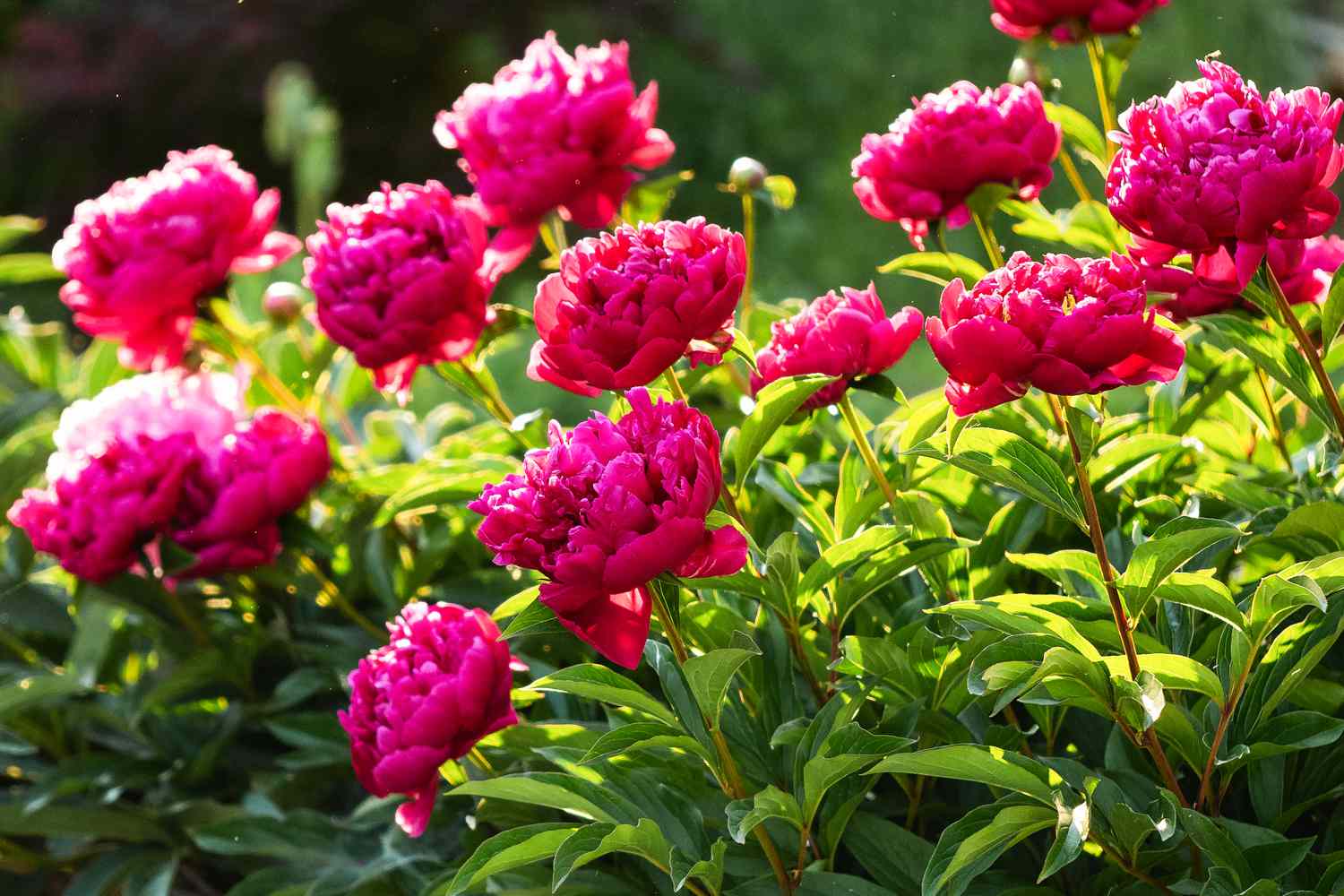Few flowers rival the timeless beauty and charm of peonies. With their lush, full blooms and a range of captivating colors, peonies are a favorite among garden enthusiasts. Growing these perennial beauties, however, requires some know-how and careful attention to their specific needs. In this comprehensive guide, we will walk you through the steps on how to grow peonies in your garden, ensuring a bountiful display of these exquisite flowers.
Choosing the Right Peony Varieties
The journey to growing peonies starts with selecting the right varieties for your garden. Peonies come in three main types: herbaceous, tree, and intersectional (also known as Itoh). Each type has its unique characteristics, so it’s essential to choose varieties that suit your climate, soil conditions, and garden space. Herbaceous peonies are the most common and versatile, while tree peonies boast woody stems and intersectional peonies combine the best of both worlds.
Selecting the Ideal Planting Location
Peonies thrive in well-draining soil and require ample sunlight to produce their iconic blooms. Choose a planting location with at least six hours of sunlight per day. Ensure the soil is rich, fertile, and well-draining. Peonies prefer slightly alkaline to neutral soil pH. If your soil is heavy or clay-like, incorporate organic matter such as compost to improve drainage and fertility.
Planting Peonies at the Right Depth
Planting peonies at the correct depth is crucial for their successful growth and blooming. Dig a hole that is about two feet wide and one foot deep. Place the peony tuber or root division with the eyes (buds) facing upward. The eyes should be just below the soil surface, no more than 1-2 inches deep. Planting too deep can lead to poor flowering, so be mindful of the depth during the planting process.
Providing Adequate Support for Tall Varieties
Certain peony varieties, especially tree peonies, can grow quite tall and may require additional support to prevent bending or breakage. Install stakes or hoops early in the growing season, before the plants reach their full height. This will help provide the necessary support as the stems develop and the flowers bloom. Be gentle when securing the stems to avoid damage.
Watering and Mulching Practices
Peonies benefit from consistent moisture, especially during their active growing season in spring. Water deeply but infrequently, allowing the soil to dry out between waterings. Overwatering can lead to root rot, so it’s essential to strike a balance. Applying a layer of organic mulch around the base of the peonies helps retain soil moisture, suppress weeds, and regulate soil temperature.
Fertilizing Peonies for Optimal Growth
Peonies are not heavy feeders, but they do benefit from a balanced fertilizer application. In early spring, as the peony shoots emerge, apply a slow-release, well-balanced fertilizer. Avoid high-nitrogen fertilizers, as they can promote lush foliage at the expense of flower production. Additionally, side-dress the plants with compost in the fall to enhance soil fertility.
Pruning for Health and Blooming
Pruning plays a vital role in maintaining the health and vigor of peonies. Remove any dead or diseased foliage as soon as it appears to prevent the spread of diseases. In late fall, after the first frost, cut herbaceous peonies back to the ground and remove the debris. Tree peonies, on the other hand, require minimal pruning – just remove any dead or damaged wood.
Dealing with Pests and Diseases
While generally resilient, peonies can be susceptible to certain pests and diseases. Keep an eye out for issues like powdery mildew, botrytis blight, and nematodes. To prevent these problems, provide adequate spacing between plants to encourage air circulation, avoid overhead watering, and promptly remove any affected foliage. Insecticidal soap or neem oil can be used for pest control if necessary.
Dividing and Transplanting Peonies
Over time, peonies can become crowded, leading to reduced blooming. Dividing and transplanting peonies rejuvenate the plants and promote healthier growth. The best time for division is in the fall when the plants are dormant. Carefully dig up the entire clump, divide it into sections with viable eyes, and replant them in prepared soil. Water thoroughly after transplanting to help the peonies establish.
Growing peonies in your garden can be a rewarding experience, yielding lush blooms that exude elegance and charm. By choosing the right varieties, providing optimal growing conditions, and following these comprehensive steps, you’ll be well on your way to cultivating a stunning peony display. Whether you’re a seasoned gardener or a novice, the timeless allure of peonies is sure to add a touch of grace and beauty to your outdoor space, making it a garden oasis for years to come.


